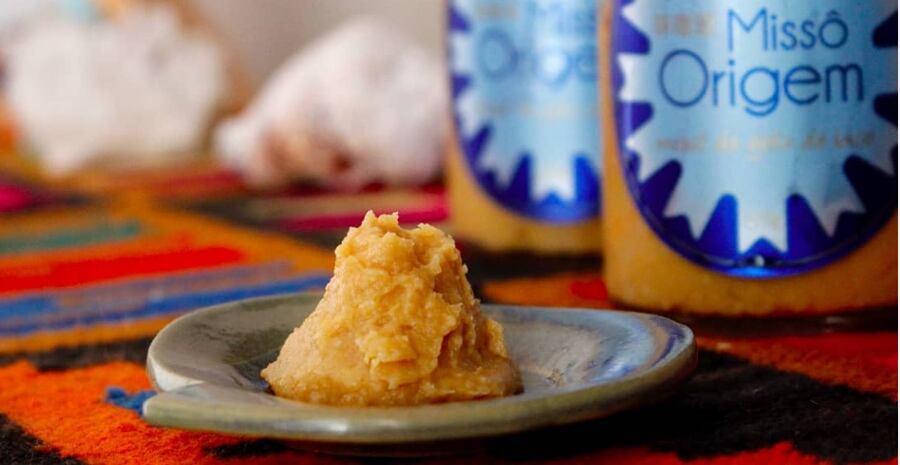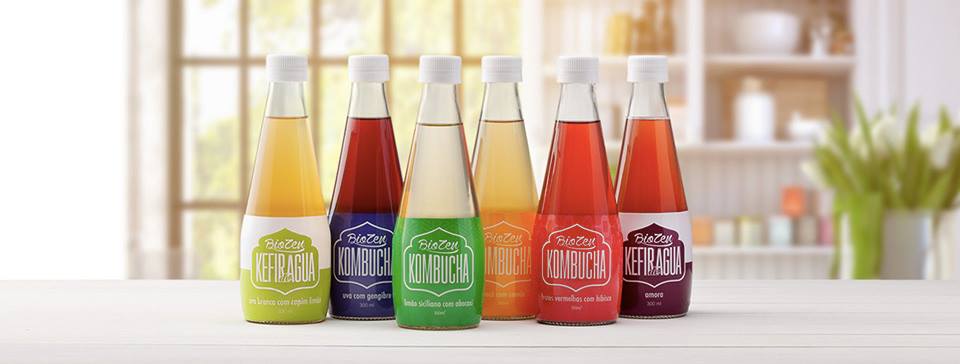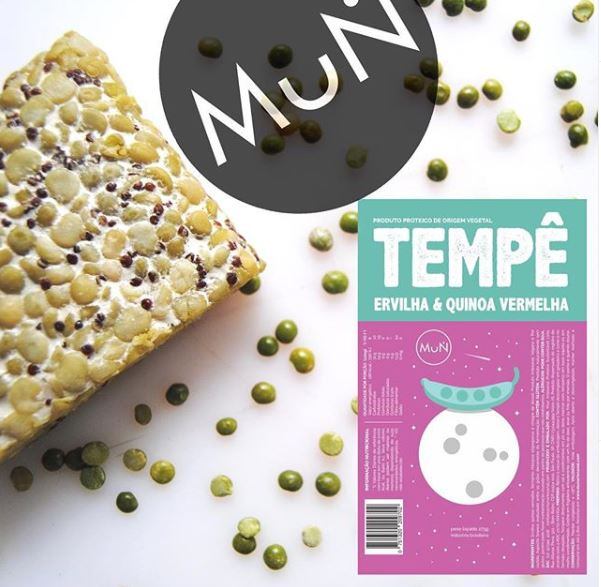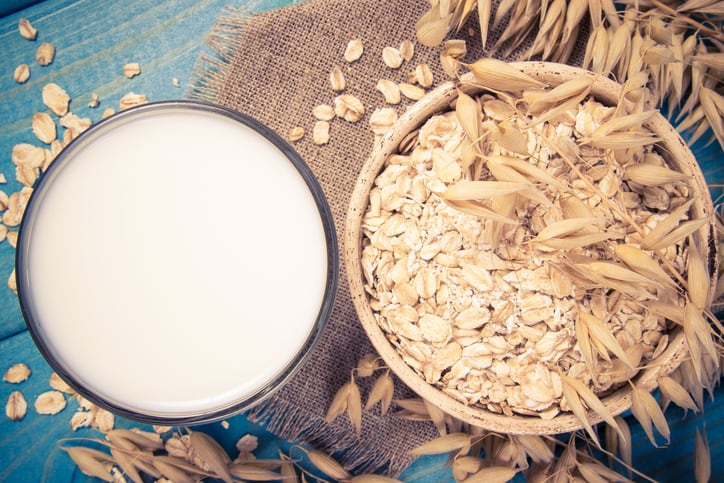Paulo Yamaçake, founder and CEO of Missô Origem, first discovered chickpea miso seven years ago at a retreat in the US.
Aware of the health benefits and increasing popularity of fermented foods – as well as his own family's history of fermenting foods – he teamed up with a chef back in Brazil and began teaching classes on how to ferment food.
This evolved into Missô Origem, which today makes over 100 kilos of Missô Origem a month, with capacity for more.
The start-up is based in São Paolo where most of the estimated two million Japanese-Brazilians reside. Brazil is the largest Japanese population outside Japan.
Ancestral food production
Fermenting foods has been a continual learning process for Yamaçake. “At the beginning, I thought ‘Ok, this is the recipe, [producing miso] is going to be like math’ but it’s not the case. Miso is a fermented product, it’s alive so it requires so much attention and time," he told FoodNavigator-LATAM at BioBrazil this month.
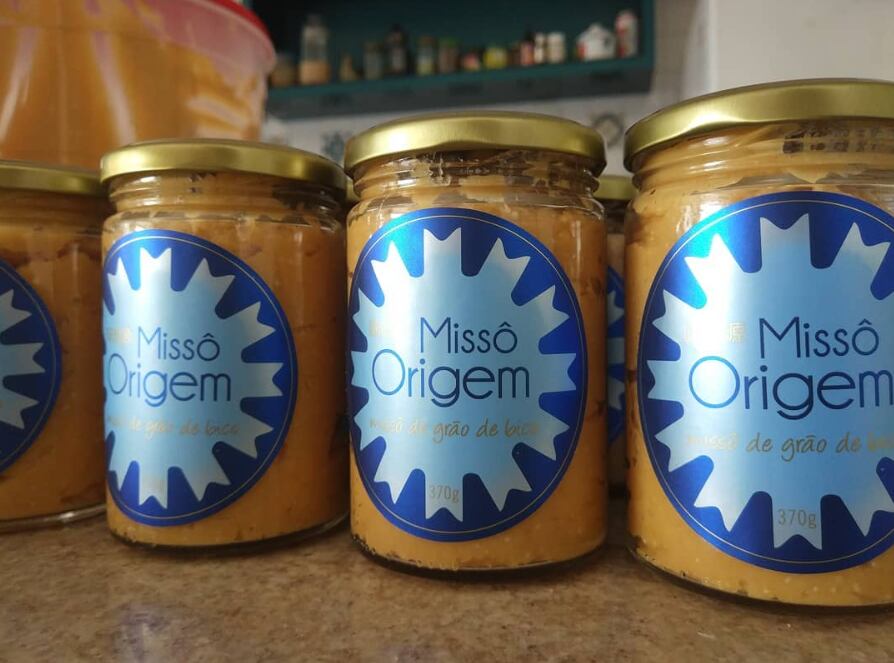
"Every time I do a batch, I learn a little bit more about how to improve the process. Now I understand why there are people in Japan that spend their whole lives working on this."
With around 40 g of yeast starter culture, Yamaçake can make half a ton of miso. The entrepreneur sees himself as reviving a tradition that began to die out in the second half of the twentieth century with the advent of modern food processing.
“For a thousand years, people in Japan have been working to improve the quality, families dedicating their whole lives to this. In Japan, they began doing scientific research on the basic properties of miso and [starter culture] koji at the University of Tokyo back in 1874. They have discovered many benefits and nothing negative. It can help in many different fields of health.
“But after the Second World War, [Japan] entered a new period and began using chemicals in food. I am honoring those families by starting this process again,” he added.
Yamaçake recently traveled to the house where his great-grandmother lived in Japan and found the last pot of miso she made. He brought this back to Brazil and used it as a starter culture for Missô Origem production. “[We now] have a miso with a little bit of not only the strains that come from Japan, but with them my family as well,” the company said.
Salt replacement
Missô Origem’s products are sold online via the company’s website and in some specialist stores. The company has also published an e-book with recipes from pesto to marinades and even desserts and ice cream.
“In Japan, they mostly use it for miso soup, but I recommend that people use it to substitute salt because there is not just the salty flavor but [umami] as well.
“Because it is a slow fermentation process, when it breaks down the proteins it creates the flavor enhancer umami. So you can really use it to substitute salt.”
Probiotic benefits
Missô Origem’s miso is fermented for months and then packed 'raw' without additives or pasteurization.
“[This] maintains the natural activity of beneficial microorganisms and enzymes, so it will continue to live and mature in your refrigerator. Therefore bubbles may form or the color may change, which is a sign the food continues to improve," said the company.
It advises people to add the miso to food at the end of the cooking process so the temperature does not kill the probiotic bacteria.
The company currently buys the organic chickpeas from Argentina (it previously sourced them from Brazil but the farm needed the seeds for a replanting campaign and could not supply the volumes required) while the rice comes from a biodynamic farm in southern Brazil.
“In Japan, miso is mostly made with soy but it varies according to the agriculture in the region," Yamaçake said. "Some places will use barley rather than rice, and in others, they even use sweet potato. It varies a lot. The common thing is they have is the koji, which is also used for sake, soy sauce."

